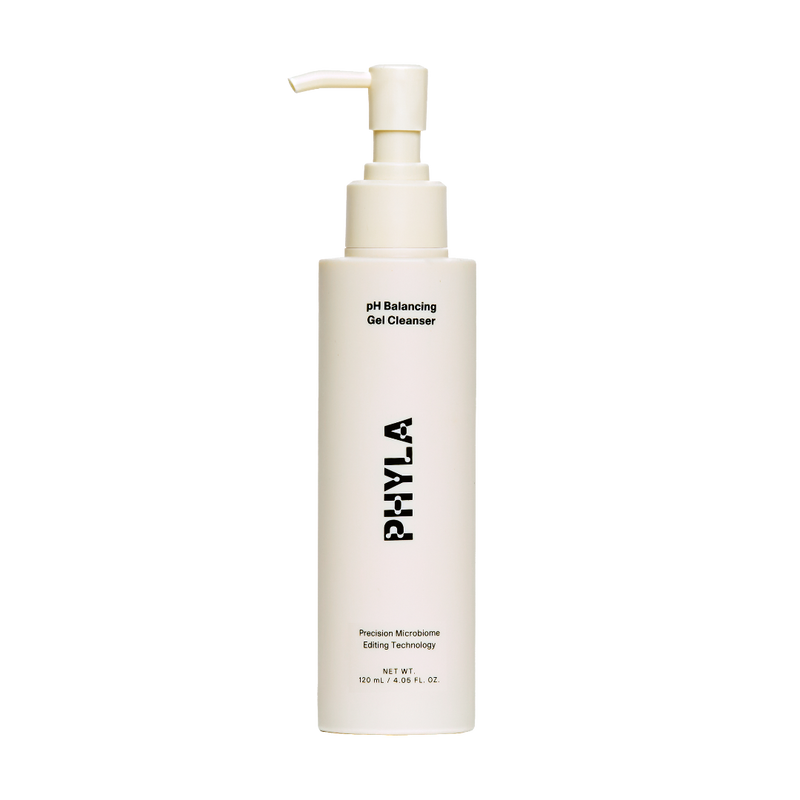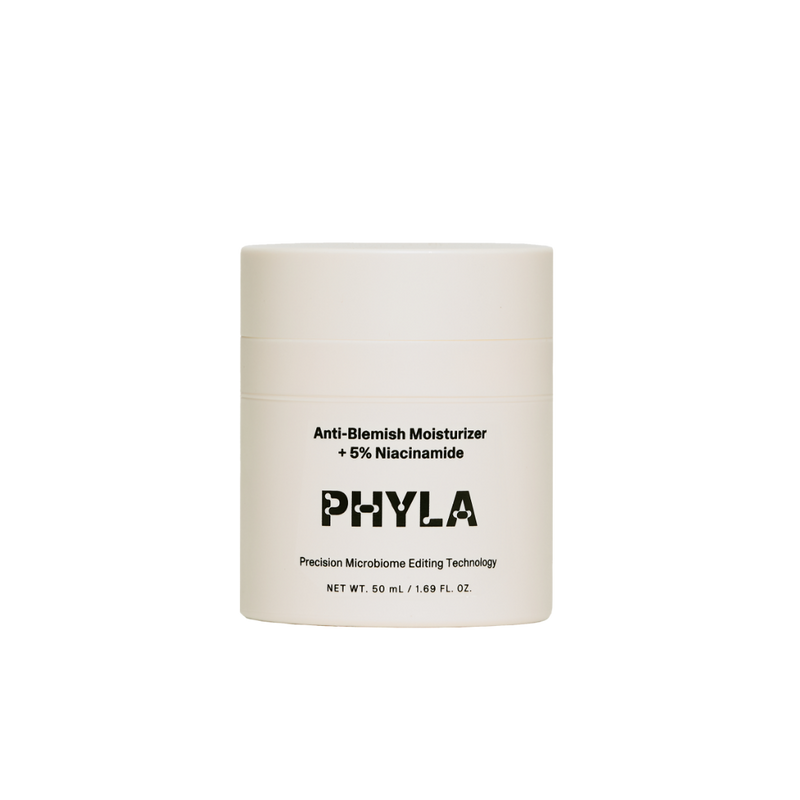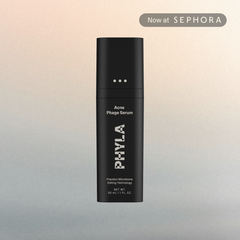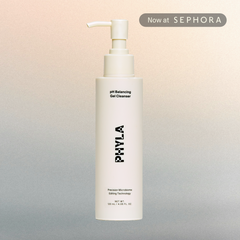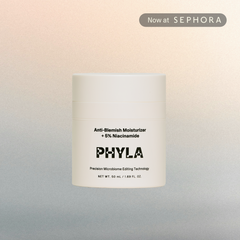What Is A Probiotic?

The World Health Organization defines a probiotic as “live microorganisms which when administered in adequate amounts confer a health benefit on the host”. While most of us assume this means bacteria, in fact this definition is broader than that. For example, many probiotics are not just bacteria but yeasts as well, as found in kombucha. Saccharomyces boulardii is a yeast strain that is widely sold as a probiotic.
This makes sense because probiotics affect the microbiome which is made up of predominantly bacteria, but also contains yeasts and viruses. Thus, if yeasts (or viruses) are found to have health benefits, then they would be considered probiotics by definition.
What Probiotics are Used in Skincare?
Probiotic skincare has become a hugely popular segment, with more and more people curious about this new niche and adopting it in their daily routine. We intuitively grasp the concept of probiotics as being good for our gut microbiome. Since we have a skin microbiome too, why not apply probiotics to that?
Unfortunately, most probiotic skincare products do not deliver what they promise. And this is because they predominantly use the terms ‘probiotics’ and ‘microbiome’ as marketing jargon, and not as a serious commitment to their customers. If I gave you a cup of yogurt and said that it contains no live cultures whatsoever, would you call that a probiotic? ‘Oh yeah, the yogurt used to have live cultures but I killed them all before I put them in this cup.’ Would you give me your hard-earned money for this product? And what’s the use of eating that yogurt, if it has no beneficial bacteria? Unfortunately, with the vast majority of probiotic skincare, that is literally exactly what they are selling you. Dead, ground-up bacteria. From yogurt. It’s true.
Most probiotic ingredients in skincare are from lactic acid bacteria like lactobacillus, bifidobacteria or bifida, and lactococcus. These bacteria are first grown, then killed, and some or all of this dead bacterial soup is touted as a ‘probiotic’. It’s easy to spot if you’re looking for it: if your probiotic ingredient says ‘lysate’ or ‘ferment’ then you know it’s dead. Also, since skincare products must contain an antibacterial and anti-mold preservative, it is actually not possible to have live strains of bacteria in your skincare. Unfortunately, even if these bacteria were alive, they probably would have little to no effect on your skin health. And that’s because (say it with me): gut bacteria are not the same as skin bacteria! And gut probiotics cannot just be applied to the skin with the same effects.
There are more shenanigans to unpack in probiotic skincare, with more confusing terms like ‘prebiotic’ and ‘postbiotic’ being added to the mix. (What even is a postbiotic?) But that’s for another post. 😉


